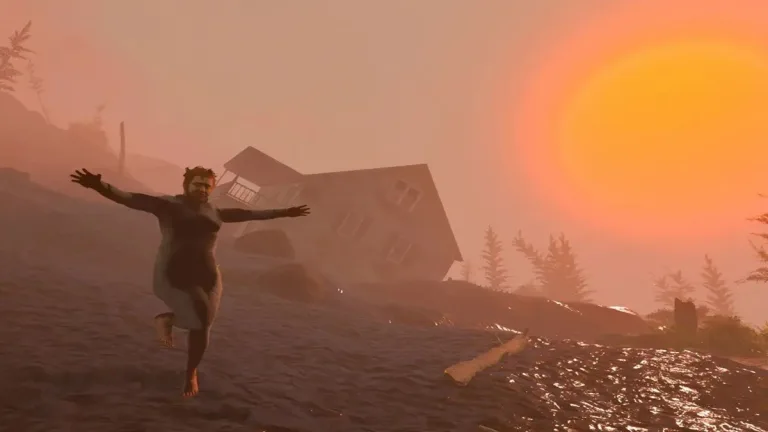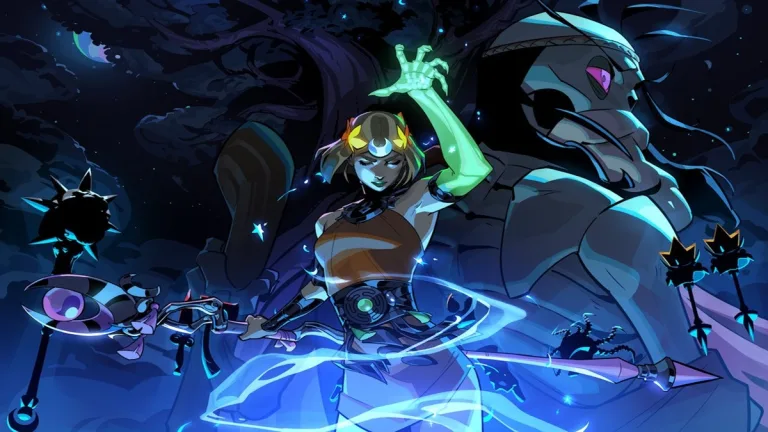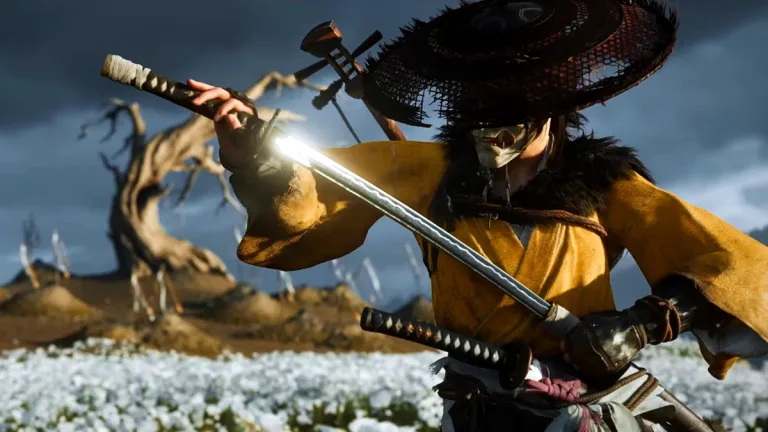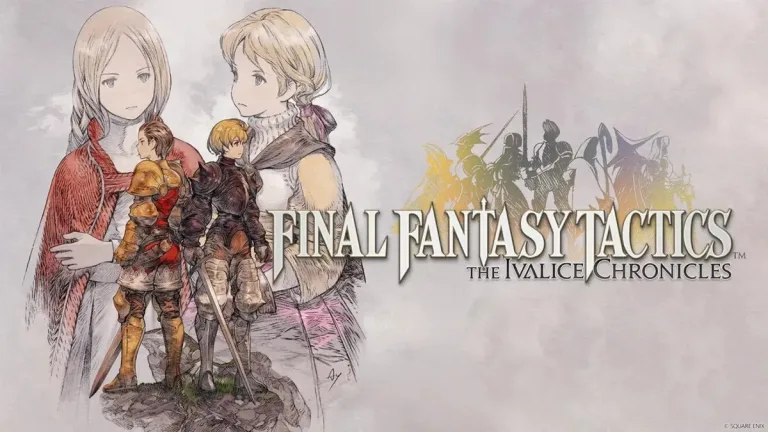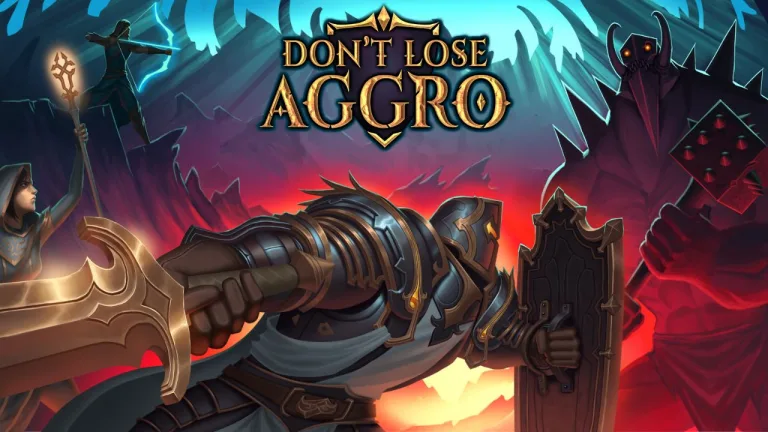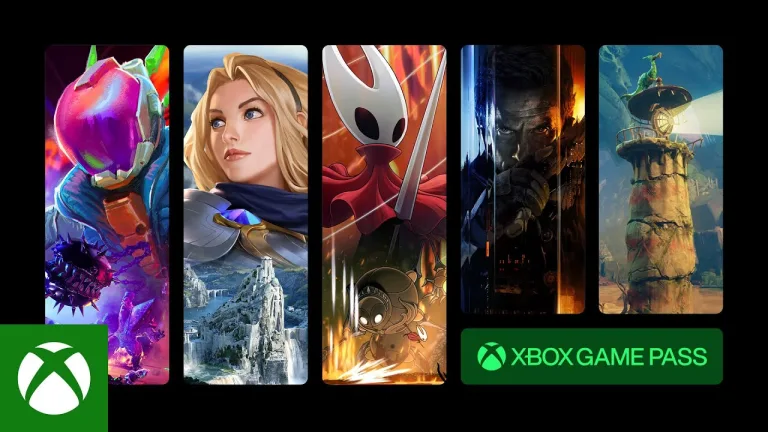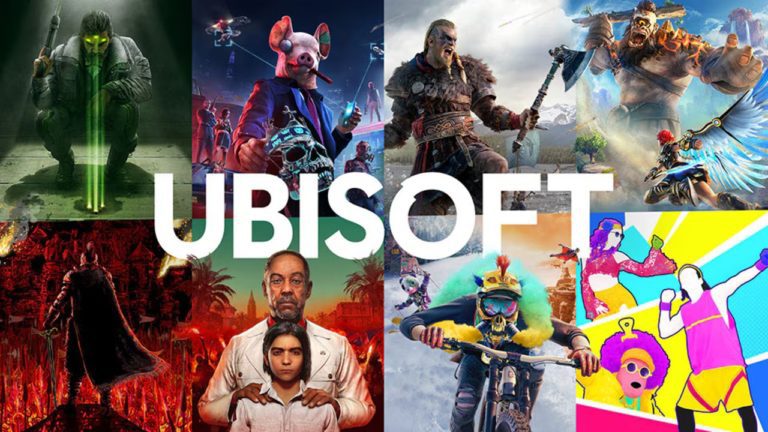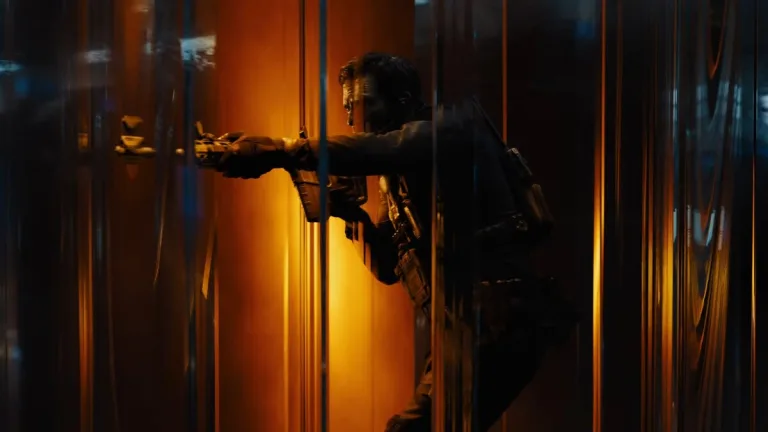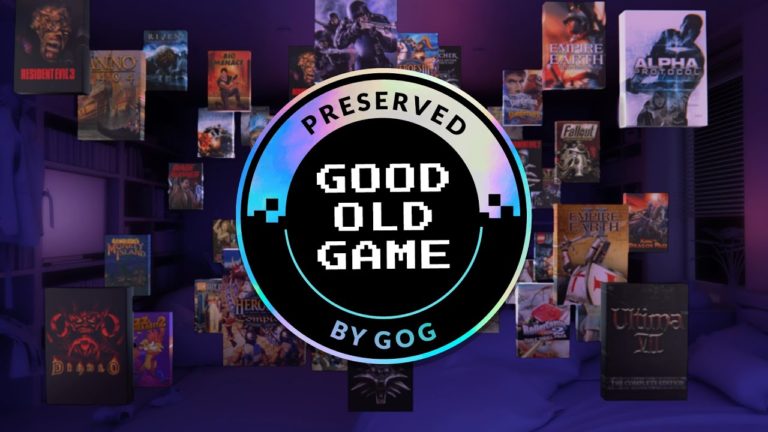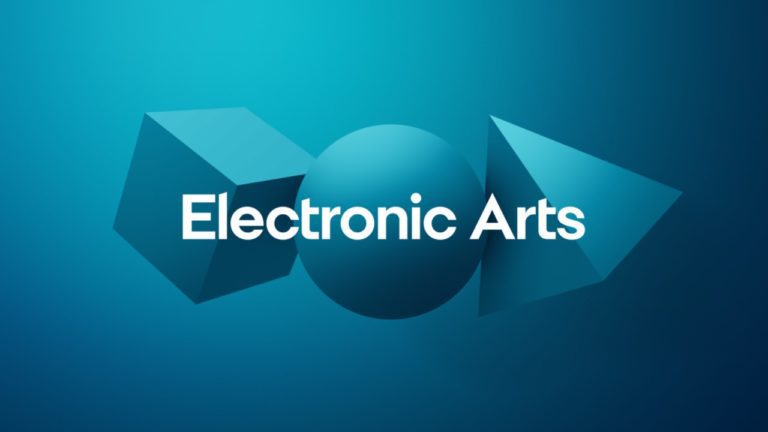Baby Steps can be seen as either the worst game of the year or, for some, the...
Games
Supergiant Games is a studio that has managed to hit a home run with every title it...
Back in 2020, players were craving an open-world game set in the age of the samurai, and...
The Final Fantasy franchise has evolved over the years, exploring different genres and formulas. However, back in...
In a gaming landscape saturated with loot-chasing power fantasies and raid-heavy time sinks, Don’t Lose Aggro dares...
Microsoft has once again raised eyebrows—and subscription fees—with its latest overhaul of Xbox Game Pass. In a...
Ubisoft has officially launched its new subsidiary, Vantage Studios, marking a pivotal shift in how the publisher...
Every year, Call of Duty: Next sets the stage for the franchise’s future. But 2025’s showcase wasn’t...
GOG.com has once again cracked open the vault, bringing back a lineup of games that shaped entire...
Electronic Arts (EA), one of the most iconic names in gaming, has officially agreed to be acquired...


